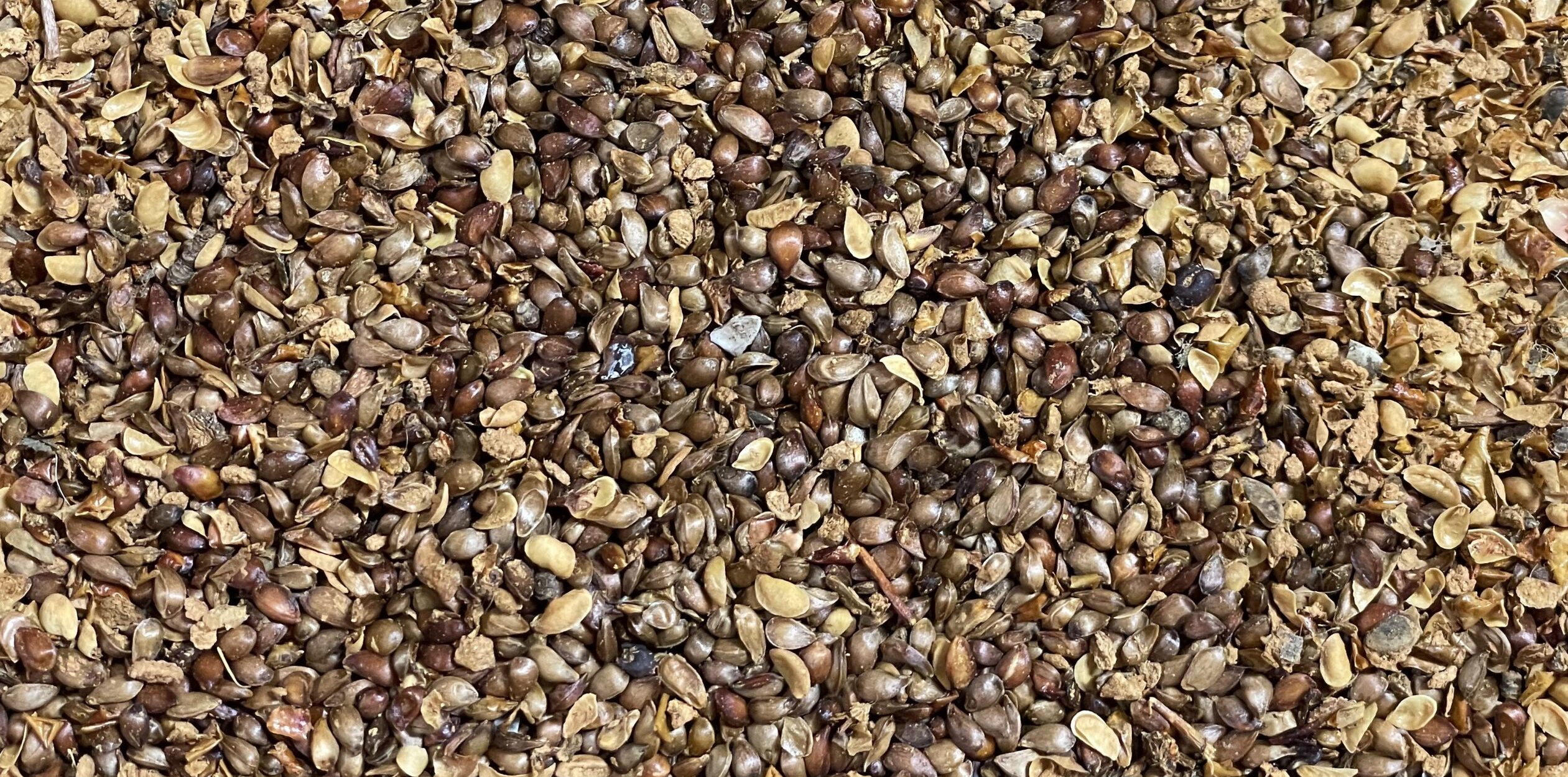Experience-Seeds-Knowledge-Plant Discoveries-Ecological Enrichment-Join Now Click Here!

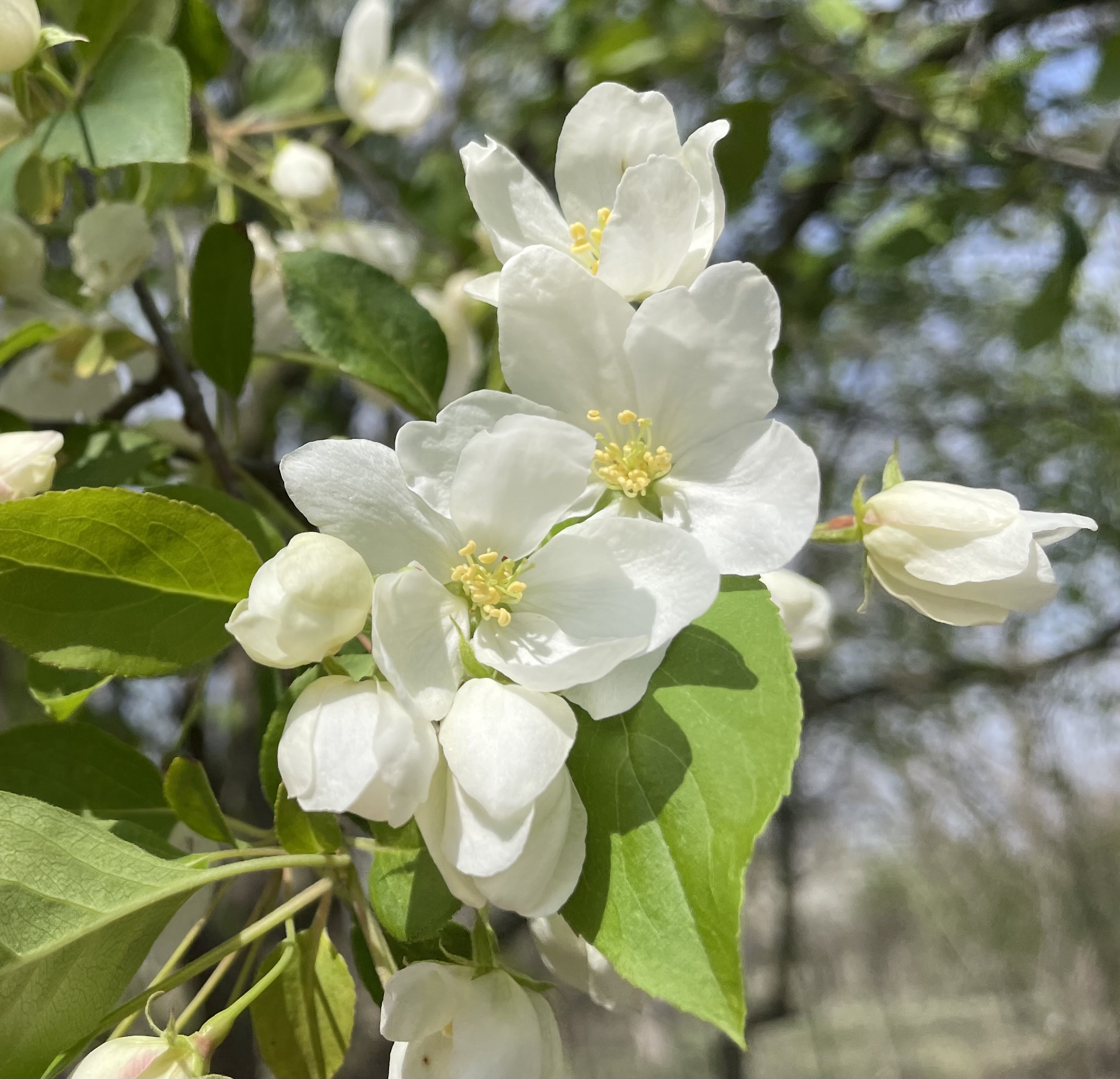
The Species Apple
Apples have a rich history of cultivation and use. This has led to a huge repository of selections estimated to exceed 10,000 varieties. I began a collection of apples starting in the early 80’s with the focus on species apples. The species apples are more like wild crabapples and have little history of cultivation or use by humans. Some may have limited distribution and use by the nursery or fruit industry as rootstocks and many have ornamental qualities that are tapped into as hybrids and cultivars for landscape use. Species level apples are not used to any degree but once in a great while you will find a few listed as wildlife apples. Personally, I thought these deserved another look at the fruit quality with the possibility of processing them into something healthy to eat. As easy as that sounds, finding those species level apples that haven’t been hybridized to any extent is not particularly easy. Apples are great outbreeding populations. There is also true from seed apples. I had no idea what I was doing at first but eventually I established a mixture of species and hybrids using apples that grow in the wild in their native countries. For that I used my seed exchanges to find some of the best from seed apples.

Here is one of those discoveries: The Siberian Crabapple-Malus baccata
Siberian crabapple is considered one of the worlds cold hardiest apples able to survive into Zone 2 skipping through unscathed at minus 40F. Some say it can grow even into zone 1. Isn’t that permafrost? It is used as a rootstock and said to impart hardiness to the cultivar. Here at my farm this species is one of the best in terms of clean foliage and immunity to fireblight and scab. I was told by another landscaper visiting the farm that nurseries did produce this species for a while. It was distinct in its bright white flower color and bright green foliage so it was easy to spot in full flower. A small red pea sized fruit is produced. It is hidden in the foliage and hangs on after the foliage drops. It is a favorite of cedar waxwings and is consumed after several frosts. There is little natural regeneration of seedlings of it at my farm. What falls to the ground is also eaten by small birds and mice. As small as it is, the fruit actually tastes good after many frosts. Otherwise it is highly astringent and impossible to eat. There is variation from year to year on the flavor aspect of it and whether it is possible for me to nibble on it while I harvest it. I have yet to figure this out entirely as the price for testing this is a dry tongue that lasts for several minutes. It was thought to be the world’s healthiest apple in terms of its vitamins and minerals when studies were done on the many Siberian fruits like Mountain Ash. The flavor might be considered the world’s worst unless someone figures out how to process it.
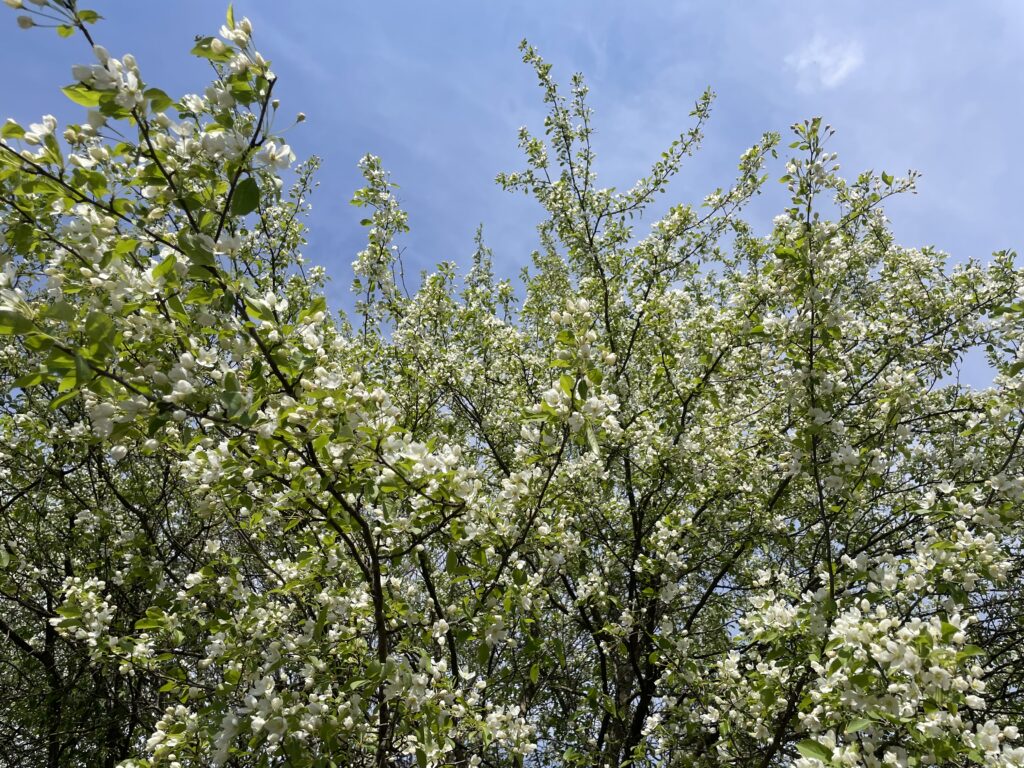
There are several hybrids of the Siberian crabapple. People who live in Alaska or Canada each have their own strains which are slightly different. Some of the images I have seen on social media show much larger fruits than the forms I have at my farm. The variation is due to cross pollination with other crabapples. When I was growing it in the greenhouses in trays with lots of individual plants closely packed in front of me, I could easily see the uniformity of the population. It did not appear to hybridize at my farm to any degree. It was very uniform in leaf structure. This uniformity is an indication of either not crossing with other apples in flowering or is apomictic. The later is an actual genetic possibility based on species that remain true to the mother parent tree despite cross pollination. To be certain, I would have to grow a few thousand plants to get a better idea of this characteristic.
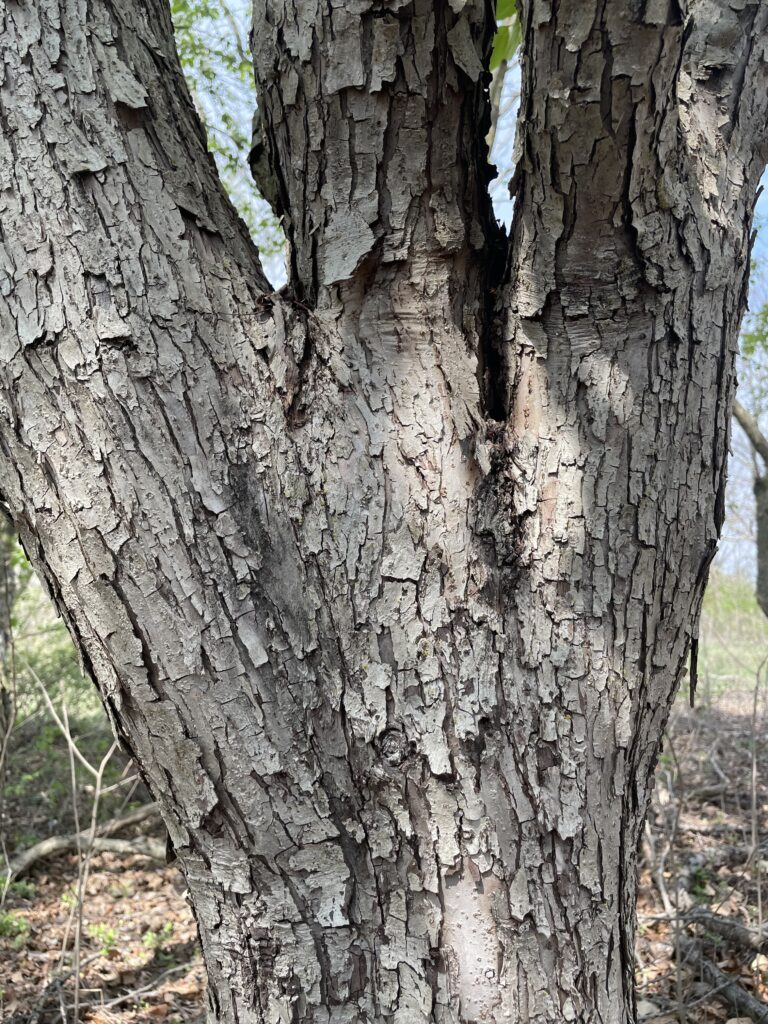
The wood of the Siberian crab is as hard as nails and fine grained. You can feel the difference when you are using lopers on the larger limbs. The durable nature translates to being able to support large snow loads and high wind speeds make it an ideal crabapple in an urban environment. The fruit size is small enough that it would not be considered messy. If anything more research should be done on its fruit quality and health benefits. I could see this tree being used as an ornamental tree produced on its own roots either from seed or a cultivar based selection based on leaf health. But all of them should be on their own roots so as to not diminish its vigor and overall health. Rootstocks tend to impede this in many unintended ways.
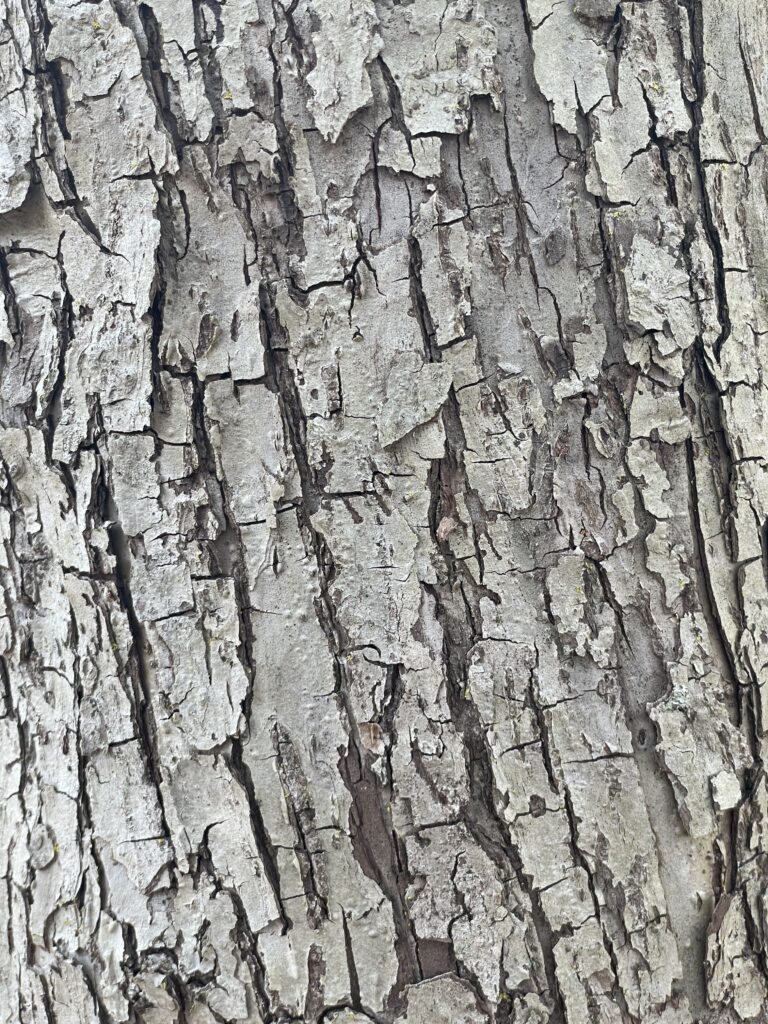
Seed source does play a role into ecological adaptability for the apple. I found a particular seed source from a mountain range in South Korea. The elevation of the location was high for this area exceeding 3000 ft. It is described as windy and cold to me by the person who exchanged seed with me. He was very good at finding robust populations of plants in the wild looking in places few would travel to. Plus he lived in South Korea and knew the countryside very well. Populations of apples in these remote and rugged areas help create characteristics needed for the apple today even on a species level without a need for hybridization. A unique species level Malus baccata provides a window of opportunity to spread this Siberian fruit into new possibilities in urban and orchard environments.
Diversity in agriculture is often thought of in terms of variety of selections of cultivated plants and species. It is more than that. There is a species library filled with evolutionary and ecological stories rich in history yet to be understood and harnessed in a cultivated way. It can refer to the wild species itself and its use in a non-hybridized way. Not everything needs to be bred nor should it be. In the untended species forms, we will find greater health and nutrition as well as a means to tap into that for greater human health.
Enjoy. Kenneth Asmus
